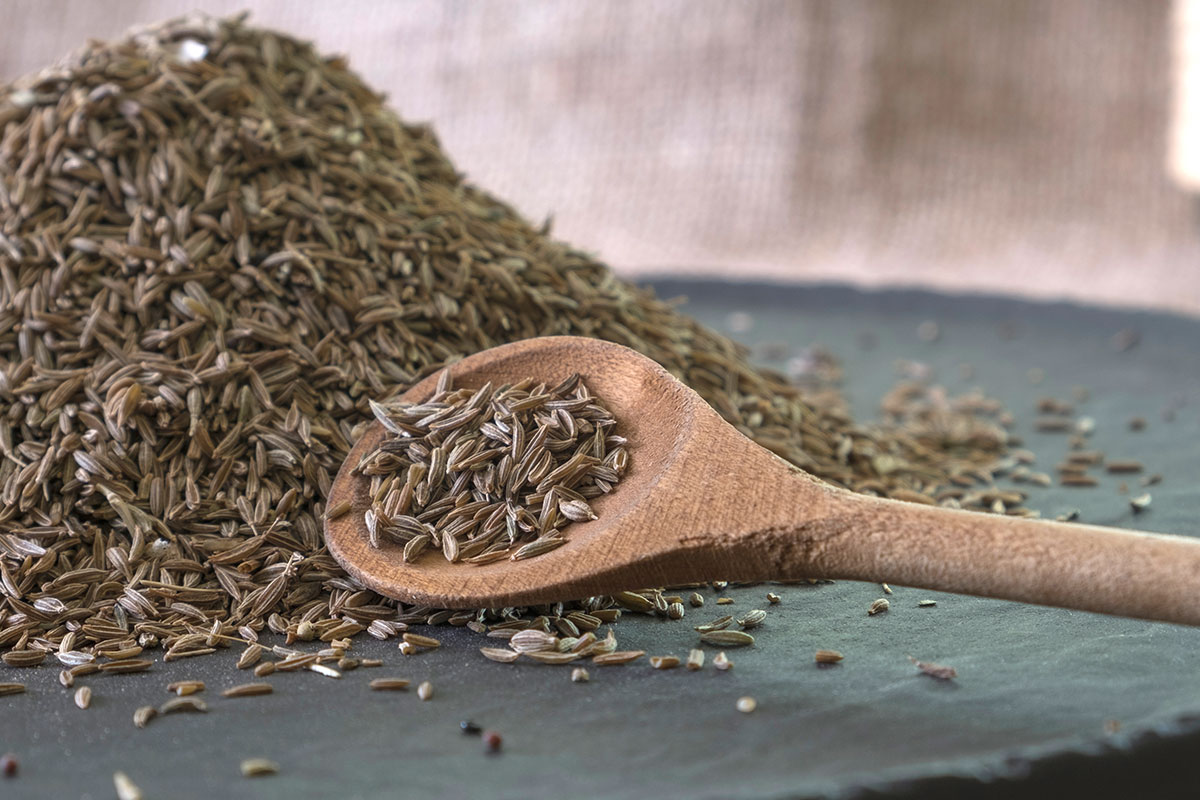7 Powerful Reasons Why Turkey Leads in Cumin Cultivation
Cumin is a spice that has been used across civilizations for generations, valued for its earthy flavor and distinct aroma. Today, its cultivation spans continents, but Turkey has emerged as one of the leading countries known for high-quality cumin production. This aromatic spice thrives in Turkey’s climate and soil, and is deeply rooted in the country’s agricultural traditions. Whether grown in small family-owned farms or in larger agricultural zones, cumin in Turkey reflects a legacy of careful farming and regional pride.
In this article, we explore seven compelling reasons why Turkey plays a powerful role in the global cumin industry.
1. Climate Perfectly Suited for Cumin Growth
Cumin requires a warm, dry climate with long periods of sunshine. Turkey, particularly in its southeastern and central regions, offers ideal growing conditions. Provinces like Konya, Şanlıurfa, and Gaziantep are renowned for their cumin cultivation, thanks to their arid summers and low humidity. These areas provide the right balance of temperature and soil texture, essential for producing uniform, aromatic seeds with consistent color and size.
Farmers in these regions have adapted cultivation schedules to optimize planting and harvesting cycles, aligning with the country’s unique seasonal changes.
2. Deep Agricultural Heritage in Spice Production
Turkey’s relationship with spices goes back centuries, rooted in the Silk Road trade and regional food cultures. Cumin is one of the essential spices cultivated alongside others in the traditional spice-growing belt of the country. Passed down through generations, the knowledge of cumin farming includes everything from seed selection and soil preparation to harvesting and drying.
This generational expertise helps maintain consistency in cumin production, preserving both flavor and aroma while supporting local agricultural identity.
3. Small-Scale, Sustainable Farming Practices
Much of Turkey’s cumin production still occurs on small-scale farms, where sustainability plays a key role. Farmers frequently rotate cumin with other crops to preserve soil health and prevent overuse of farmland. These practices reduce erosion and help maintain biodiversity in the region.
Crops are often harvested manually, with drying done in natural shaded environments to retain aroma and quality. These traditional practices offer an alternative to large-scale industrial farming and contribute to a more sustainable supply chain.
4. Turkey’s Strategic Geographic Position
One reason Turkish cumin is prominent in global markets is due to the country’s location. Straddling both Europe and Asia, Turkey has natural trade advantages. Its cumin reaches markets across Europe, the Middle East, and North Africa faster and more efficiently than many competing sources.
This proximity, along with the country’s established agricultural infrastructure, ensures cumin can be distributed quickly and with minimal processing, preserving its quality and traceability.
5. Flourishing Domestic and Export Markets
Cumin holds an important place in Turkish cuisine, making it a high-demand crop both locally and abroad. The domestic market supports consistent production, which helps stabilize prices and encourages year-round farming activity.
Globally, the demand for Turkish cumin continues to grow. It is sought after by culinary professionals, spice merchants, and food manufacturers looking for reliable origin-based products. Turkish cumin is appreciated for its rich aroma, color uniformity, and clean, bold taste—attributes maintained through controlled growing and drying methods.
6. Regional Flavor Profiles Make Turkish Cumin Stand Out
Depending on the growing region, Turkish cumin develops slight variations in color, seed size, and aroma. Cumin from Konya tends to be lighter and more delicate, while varieties from the southeastern provinces offer bolder, darker seeds with stronger flavor tones.
These differences allow spice producers to cater to various market demands, offering a wide range of cumin options sourced from distinct microclimates and soils. This diversity makes Turkish cumin more adaptable in international food production.
7. Commitment to Tradition in a Modern Agricultural Economy
While modern farming tools and logistics have certainly improved cumin cultivation in Turkey, the core methods used by many Turkish farmers remain grounded in traditional techniques. From sowing to sun-drying, there’s a strong respect for the process that keeps the integrity of the product intact.
As Turkey continues to expand its agricultural footprint globally, cumin remains a symbol of the country’s balance between heritage and innovation. The combination of regional expertise, climate advantages, and strategic geography makes Turkish cumin a standout in the global spice market.
Conclusion
Cumin farming in Turkey is far more than an agricultural activity—it is a legacy of tradition, culture, and sustainable practice. The country’s unique climate, historical expertise, and strategic location have all contributed to making Turkey a global leader in cumin cultivation. As global markets continue to value authentic and origin-specific crops, Turkish cumin stands as a compelling choice, backed by centuries of cultivation and deep-rooted agricultural knowledge.
From the sun-baked plains of Konya to the heritage fields of Gaziantep, cumin continues to thrive as one of Turkey’s most respected and valuable spices.
Product Information
Crop: Cultivated Parts used: Seeds Quality: Cleaned, 100% pure and natural. Available as: Whole or Powder Industry used: Food, Dietary/Nutritional Supplement, Phytotherapy and Feed industries. Packaging: Kraft paper bags, PP bags and PE bags in various sizes Country of origin: TÜRKİYE


